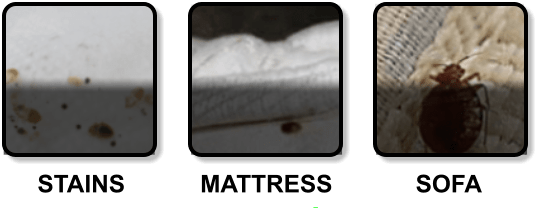BED BUG CONTROL PHILADELPHIA, PA
INTRODUCTION
One of the oldest species of insects to prey upon man is that of the Cimes lectularious otherwise known as the bed bug. Bed bugs likely got the name from their habit of occupying beds, sofas, and other items used for sleeping. This practice is the result of being an ectoparasite of primary humans, coupled with the fact that the bed bug is nocturnal. This situation provides the shelter that bed bugs seek during the day, but also enables them to conveniently feed upon unsuspecting Philadelphians while they sleep.
Although these bugs have existed here long before colonial times, they were once made nearly extinct in America through the use of effective pesticides which also proved beneficial against mosquitoes and lice. Indeed, many of today's generation have never seen a bed bug.
However, due to an array of health issues, many pesticides were banned in the U.S. during the 1970's and 1980's, including DDT and Chlordane, even though these pests were quite common around many parts of the world, such as Africa, Asia, and Central and South America.
Additionally, international travel was becoming accessible and affordable. Hence, the bed bug not only managed to survive, but has been returning in number with a vengeance since the 1980's.
Due to their size, ability to conceal themselves most anywhere, and their late-night feeding times, ridding homes and businesses of this pest should only be attempted by a local Philadelphia bed bug control professional.


